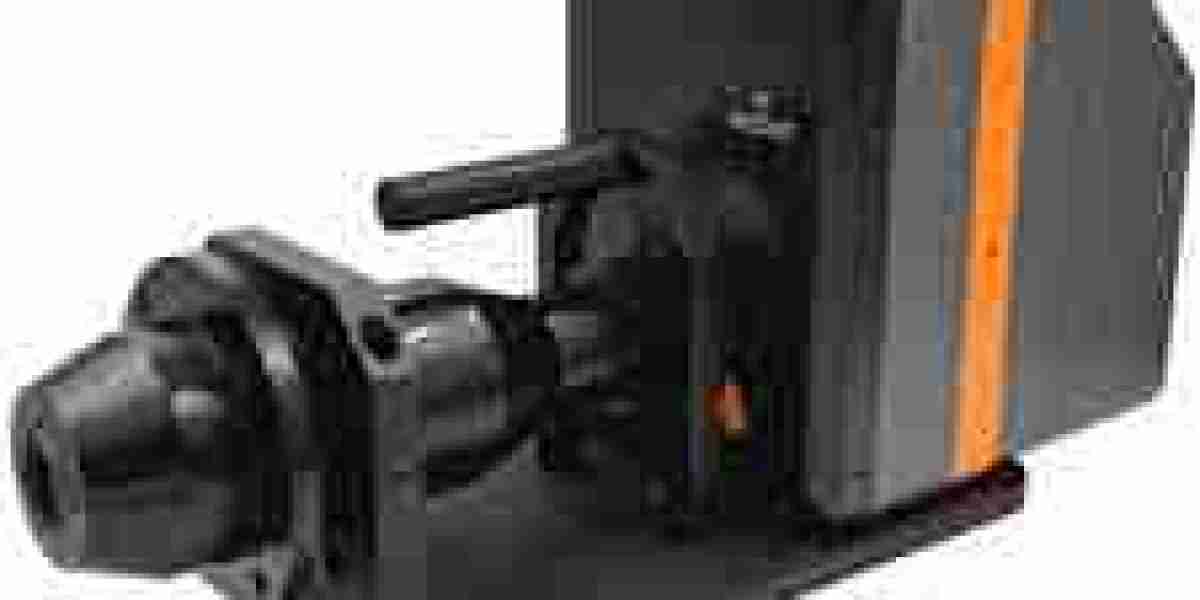The conoscope lens is a specialized optical tool used to study angular light distributions, often in LCD displays or birefringent materials. It's a key part of many scientific and industrial optical systems where analyzing light behavior is essential. Whether you're working in optical metrology, display inspection, or photonics, this lens provides accurate, high-resolution imaging for cone-shaped light analysis.
In this article, we’ll explore how a conoscope lens works, where it’s used, and what benefits it brings to optical systems.
What Is a Conoscope Lens?
A conoscope lens is an optical lens system designed to produce a conoscopic (angular) image of a light-emitting source or birefringent material. Instead of capturing just the spatial pattern of light like a standard camera lens, it records angular distributions of light rays.
This type of lens is commonly used with polarized light microscopes and optical testers to visualize internal stress patterns or display pixel angular properties.
How Does a Conoscope Lens Work?
Conoscope lenses project light from an object into a parallel light cone. When this cone passes through a polarizer and analyzer, it creates a conoscopic interference pattern—a detailed view of how light behaves at various angles. These patterns reveal key insights into optical alignment, material stress, or angular color shifts.
In modern applications, the conoscope lens is combined with CCD or CMOS cameras for digital image capture, helping engineers analyze complex data with precision.
Applications of Conoscope Lenses
LCD and OLED Display Testing
Measure angular brightness, color shift, and uniformity across viewing angles.Birefringence Analysis
Identify internal stress in transparent materials like plastics or crystals.Optical Metrology
Inspect lenses, wave plates, and optical films during manufacturing.AR/VR Device Calibration
Ensure proper alignment and light output in augmented or virtual reality optics.Research Labs
Used in studies of anisotropic materials and optical polarization behavior.
This wide application range makes conoscope lenses valuable in industries from display manufacturing to academic research.
Key Benefits of Using a Conoscope Lens
High Angular Resolution: Captures fine details in light distribution.
Non-Destructive Testing: No need to alter or damage the subject.
Compact Setup: Ideal for integration into automated testing systems.
Versatile Imaging: Works with various light sources and materials.
Thanks to its ability to visualize what the human eye can’t see, this lens helps improve quality, reduce defects, and drive innovation in optical design.
Conclusion
The conoscope lens is a powerful optical tool that helps engineers and researchers deeply understand how light behaves in angular form. Whether it’s improving the performance of a display screen or testing the structural integrity of optical components, this lens offers clear, reliable insights. As display and optical systems evolve, conoscope lenses will remain vital for precision analysis and quality control.




